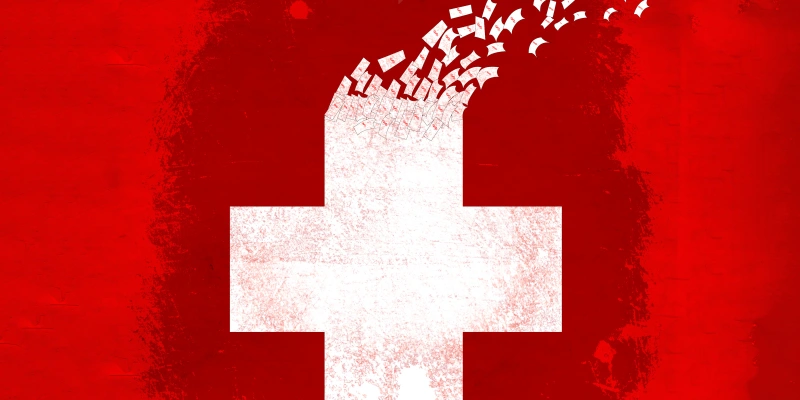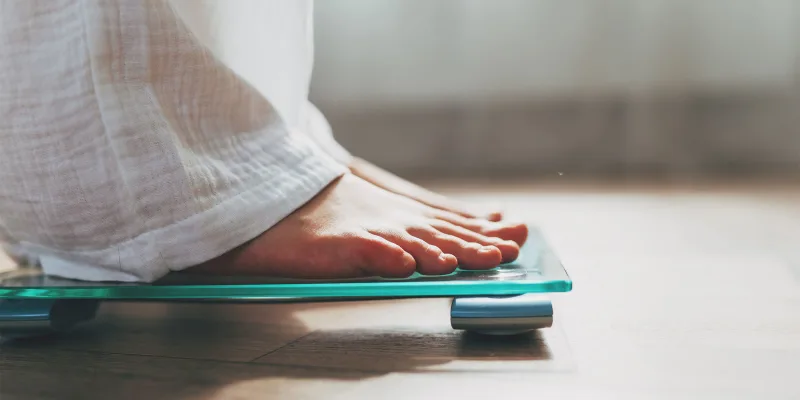Sometimes, cans get kicked so far down the road that we forget about them. Such is the case with a 2016 federal health information technology mandate known as the 21st Century Cures Act Info Blocking Rule, advocated by a non-profit organization known as OpenNotes. The final rule ostensibly is designed to give patients secure and free access to almost all of their electronic health information (EHI). The deadline for implementation of the rule was set for last November, but was delayed at the request of the American Medical Association and other medical organizations until April 5, 2021, primarily due to the COVID-19 pandemic.
The rule states that eight types of clinical notes can’t be blocked and must be made immediately available to patients: consultation notes, discharge summary notes, history and physical notes, imaging narratives, lab report narratives, pathology report narratives, procedure notes, and progress notes. Some notes, such as psychotherapy notes and information “compiled in reasonable anticipation of, or use in a civil, criminal or administrative action or proceeding,” are exempt.
It is not a bad idea for patients to have access to their medical records. The OpenNotes organization promotes research showing that when health professionals offer patients and families ready access to clinical notes, the quality and safety of care improves, costs are lower, and communication and engagement are enhanced.
How does this OpenNotes concept of immediate access to medical records work in my clinic? Though my cancer center EMR has allowed patient access via an online portal since 2014, I can count on one hand the number of patients each year who actually cared to access their chart. In a rural, less educated region where computer literacy and broadband access are limited, patients (especially in the typically older cancer patient population) often don’t have the means or the knowledge to look up their records on a computer.
Still, some patients are quite computer literate. In the best of circumstances, I have patients who come from other hospitals — facilities in the Texas Medical Center in Houston, for example — who can access outside lab and x-ray reports on their iPhone while sitting in my office. This ability can be such a timesaver, especially when calling clinician offices and medical records departments is a hit-or-miss, time-consuming operation. Fax machines, those relics of the last century, are still the main means of sharing documents in a HIPAA-compliant fashion. Yet, they are too often offline or busy.
Despite the aspect of instant access, this OpenNotes mandate is like Forrest Gump’s proverbial box of chocolates: “You never know what you're gonna get.”
Scott MacDonald, MD, an internist and EMR medical director at UC Davis Health, notes that there are sensitive issues, such as with adolescents and reproductive health, where "we know that some parents have sign-in information for their teen's portal." With clinical notes now on full display, potential problems "may be out of our control."
To illustrate, I have a patient who recently had a biopsy that I ordered. Realistically, I would expect a preliminary result in perhaps 48 hours. Often, particularly detailed pathologic studies can take days longer, sometimes even a week or two. My standard practice is to have the patient come in to discuss pathology results as soon as I receive a printed, finalized copy from the pathologist. In this instance, the patient called my office in a panic the very next morning after his biopsy because he received a text notification on his cell phone — thanks to the OpenNotes mandate — that a new medical record had been uploaded to the EMR access app on his smartphone. He clicked on the link to find his pathology report stating he had cancer. Not knowing how to interpret a pathology report, he assumed from what he read that he had four different types of cancer. Ironically, I was not yet able to access that very report on the hospital’s system. In other words, the patient — and only the patient — had access to some very scary information without the benefit of the customary and compassionate face-to-face discussion where we could explain what it all meant. The doctor-patient relationship was utterly, and possibly dangerously, circumvented.
Information technology has become the tail that wags the health care dog. Global IT spending is expected to exceed $4 trillion in 2021. The most common complaint I hear from patients about other physicians’ offices is that the doctor never looks at them, their back is turned to them as they face a computer instead of the patient, often charting so-called “quality” indicators that have nothing to do with the current patient visit. I do not have a computer in my exam rooms for this very reason; the patient is here to see me, not the back of my head. Granted, this is a luxury many providers don’t have, given time constraints and crowded schedules.
How we chart, what language and phrases we use, and how we describe complex concepts and procedures may change as a result of the OpenNotes mandate, as we now are speaking not only to our medical colleagues but to our patients as well. Some would argue — rightly, I believe — that we should have been talking to and writing for our patients (and not above their heads) all along.
Will the OpenNotes mandate end up being a positive change for patients and doctors? On the whole, I believe so. I appreciate when patients comment that they have read their records. They ask more questions, which lets me know what I have explained well and what needs work. An engaged patient is a good thing. But with every box of chocolates comes the unwanted dud (anything with coconut, in my opinion). We must anticipate these unintended consequences and be proactive with our patients, always educating them, and ever ready to comfort. Our role as healer may not have changed, but how we do it will always be in flux.
What are your thoughts on the ruling? Will you adjust how you takes notes because of it? Share your thoughts below.
Dr. Sid Roberts is a radiation oncologist and hospice physician in Lufkin, Texas.







